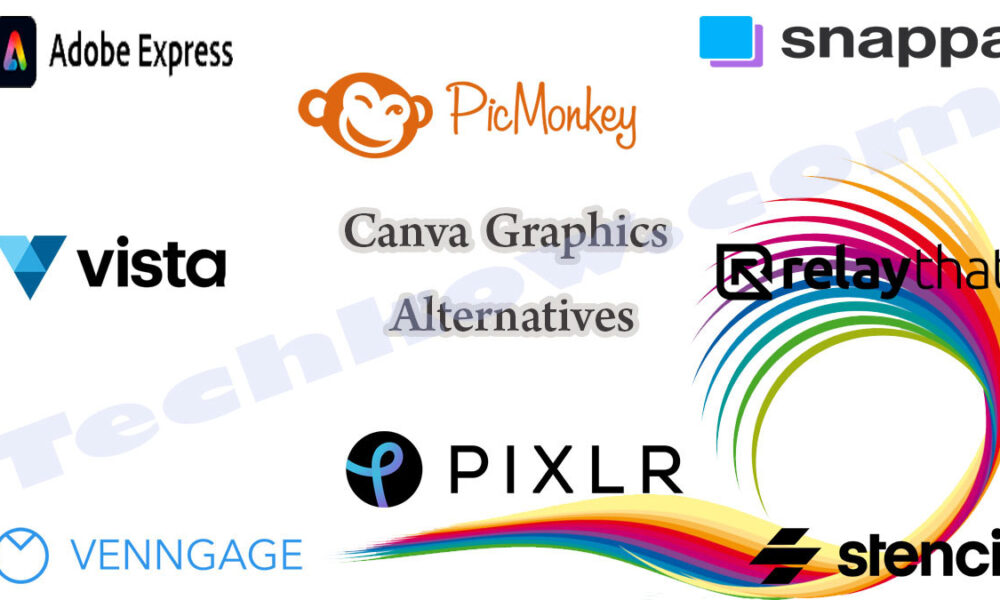For a long time, the term “Visual Search Marketing” has been used. Although significant firms such as Bing, Yahoo, and Google have long used photo search innovation in their search results, it wasn’t until later that this technology reached a position to become an exciting element in the digital marketing sector.
Technological innovation has stepped up to help shift consumer needs at a time of remote working and shopping, allowing buyers to virtually experience what they would have done physically earlier. Search is one area that has improved.
A visual spin-off is offering new chances in the world of purchasing, in addition to standard text searches.
Identifying New Trends
Photo search is a game-changer, with the internet altering shop regulations and the development of the stay-at-home customer. While we used to get our purchasing inspiration from offline sources like in-store browsing and events, we’re now doing more purchasing online, which has enhanced the attraction of visual browsing via apps like Instagram and Pinterest, and this extends to visual search.
It allows customers to upload a photo of an item they want and find it with a single click of a button, and all without leaving the room.
The way individuals interact with e-commerce is changing thanks to Photo search, especially given current consumer behavior patterns. But it isn’t just limited to the internet. For example, you might see someone strolling down the street wearing something you enjoy but can’t put into words. You may quickly snap a shot and get relevant results using a Photo search.
What Is Photo Search, And How Does It Work?
Described, visual search is a type of search that uses Artificial Intelligence (AI) technology to assist consumers in finding goods using real-world visuals rather than words. When someone does a visual search, they are looking for a product using a picture rather than inputting various keywords into a search engine in the hopes of discovering what they are looking for.
Reverse Image Search
Assume you’re out on a walk in the woods and come upon an animal or flower you’d want to learn more the name of. As we all know, describing precisely what you’re seeing can be tricky at times. Instead, you snap a photograph of the object and find all the relevant images related to that photo with this reverse image search tool. This reverse picture search utility will recognize the thing and provide you with information about what you’re looking at. It is the quickest and most accurate image finder for searching for photos online based on your requirements. If you wish to look for a similar image online, you have three options:
● Use a keyword search.
● Use the image search option.
● Use the image’s URL to find it.
It is the best image finder for finding reverse photos, profile photos, and high-quality images for your blogs like the image you provide. It tells you all you need to know about the idea, from its location to who owns it.
When a user uploads a picture, this reverse photo search tool searches the major three search engines, namely Google, Bing, and Yandex, to deliver the best results with high-quality and content-worthy images, eliminating the need to visit each one separately.
There are many reasons why photo search is becoming such a crucial part of integrated marketing, but here are the three most essential ones:
1. Demographics Require It
Why is visual search becoming a top trend in 2021, though it has been present for some years? The solution is straightforward. Visual search capabilities are more appealing to Millennial and Generation Z customers than any other new technology. 62% of Millennials want to be able to search for things on the internet visually.
With Millennials accounting for more than 30% of overall retail sales and Generation Z having $44 billion in purchasing power, it’s critical that marketing trends closely track generational patterns.
2. Statistical Achievement
Pinterest debuted Lens, a first-of-its-kind camera search that proposes ideas from items you saw around you in the real world to the general public in 2017. Pinterest’s Lens has already recognized 2.5 billion home and fashion objects since its inception in 2017.
Since its launch, the Lens has responded to over 600 million searches between Pinterest’s smartphone app and browser, a 140% increase.
3. The Competition Encourages Innovation
After Pinterest launched Lens in 2017, it didn’t take long for other tech giants like Bing and Google to leap into the visual search ring. Google offered its app to the public just two years later. Following that, Snapchat’s picture search program, which had been in beta testing since 2018, was formally released.
Visual search has elevated user experience to new heights. Given the level of competition among these companies, we should expect to see another significant improvement in photo search capabilities in the not-too-distant future.
Visual search marketing appears to be growing in popularity. With young people adopting the trend, many businesses are incorporating image finder into their marketing strategies.
You might like this read also – how to set up a clothing warehouse in canada? – click here!





